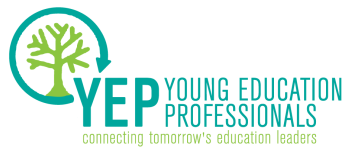However, school board elections often draw little attention. In many states, school boards aren’t elected in November like other government offices, which results in severely low voter turnout – often only reaching single digits. In one district near Los Angeles, where the local board of education will be elected in May, a nonprofit group is offering voters a chance to win $25,000 just to increase turnout. In their last board election, the district had just a turnout rate of only 12 percent.
Lower levels of voter turnout have been shown to have a limited effect on national elections. This is because the total number of voters is so high that it is a representative sample of the entire nation. However, the impact of voter turnout on local elections can be quite large. The smaller sample size (say, 50 percent of a small township as opposed to 50 percent of the whole country) means that low turnout can considerably skew election results. Asian-Americans are a good example of this concept. They only account for five percent of the national population, meaning that they have a small effect on national elections. Whether their turnout rate is 40 percent or 75 percent probably will not change the results of a presidential election. However, in cities like San Francisco and San Jose, where Asian-Americans comprise roughly a third of the population, their turnout rate is very significant for the results of local elections.
The same concept is true for local school board elections. However, in education-specific elections, the low turnout can skew results in favor of special interests, such as teachers unions or charter school groups. These groups have very active “get out the vote” efforts, leading to much higher participation than the rest of the local population. As a result, the candidates they support are very successful. The incumbency advantage, by which candidates running for reelection have a strong advantage over their challengers, is a well-known political principle. But in school board elections, when a challenger has union support, they perform as well as a standard incumbent. And when an incumbent is union-backed, they are nearly unbeatable.
Moving school board elections could help level the playing field. According to Zoltan Hajnal, a researcher at the University of California, San Diego, holding these elections in November could increase turnout by up to 30 percentage points. One state that has taken action on this front is New Jersey. In 2012, Gov. Chris Christie signed legislation that encourages districts to elect their school boards in November. In exchange for moving elections, boards no longer need approval for budgets that fall within the state's two percent tax levy increase cap. The move both increases turnout and saves money, as districts don’t need to hold separate elections in April. For example, in Emerson, N.J., the 2014 school board election cost over $16,000, while fewer than 600 residents showed up to vote. Like many other districts in the state, Emerson has now opted to hold a November school board election beginning this year.
If we want to increase voter engagement in local education and limit the control of special interests, aligning school board elections with those of other offices is a critical first step. Education is one of the most important services that a community provides – a voter turnout rate of 10, 12, or 15 percent simply isn’t good enough.
Phillip Burgoyne-Allen is a legislative assistant at an education law firm. Reach him via email or Twitter.

 RSS Feed
RSS Feed